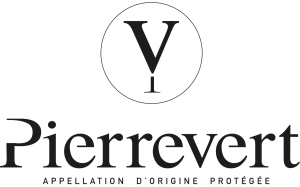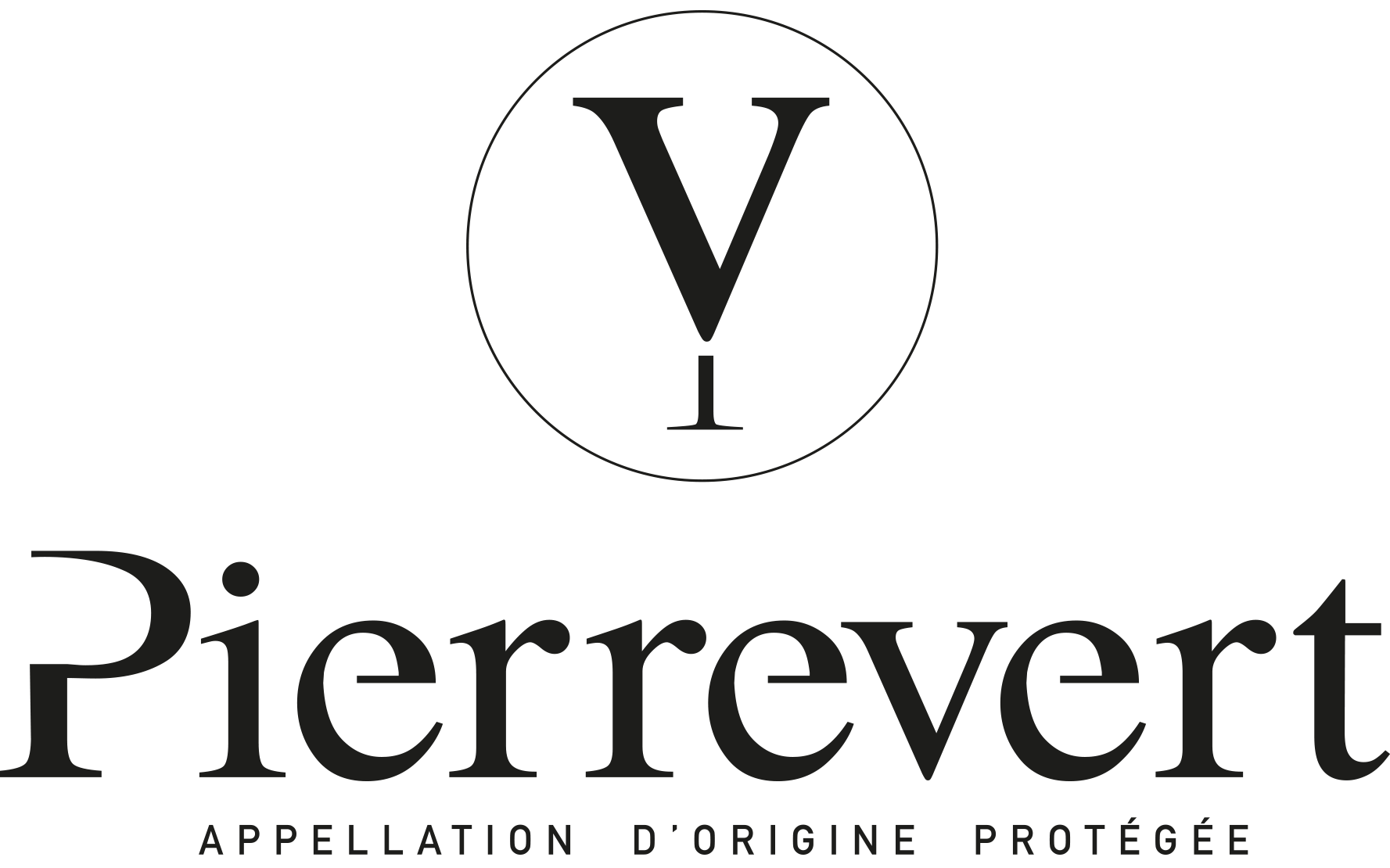
AOP PIERREVERT, A SYNONYM FOR AUTHENTICITY
THE UNIQUENESS OF AOP PIERREVERT
At the point where the Alps meet the Mediterranean, immersed in the south of the Alpes-de-Haute-Provence region, the little village of Pierrevert is the capital of an appellation that covers 450 hectares of vineyards. On this glorious land, vines with a wild charm ripen under the protection, since July 1, 1998, of the Appellation d’Origine Contrôlée Pierrevert, which became an AOP in 2010. Along the left banks of the Durance and Verdon rivers, and at the junction between the many communes of the surrounding area, such as Manosque, Villeneuve or Quinson, one name has confirmed its reputation among the many appellations of the Provence-Alpes-Côte d’Azur region. We’re talking about the AOP Pierrevert, now one of the smallest appellations but every bit as good as its more famous neighbours in France. In this enchanting area, the low alpine altitude perfectly suits this small vineyard, which is filled with colourful vines: producing more than 60% rosé wines, 30% red wines and 10% white wines. Domaines branded AOP Pierrevert also shine thanks to the richness of their grape varieties, which are as varied as they are prestigious, such as Grenache noir, Syrah and Carignan, and lend their wines delicacy and complexity. On the hillsides in the heart of Provence, this vineyard enjoys rare climatic conditions, unique to the region. A unique temperament which has shaped the refined character of these wines. Thanks to these specific conditions, the wines delight the taste buds of the finest connoisseurs as well as those of curious amateurs, thanks to their tannic strength with delicate fruity touches.
Delicate notes of blackberries, blackcurrants and redcurrants fill the nose of the most passionate wine lovers. The rosé wines are surprising due to their freshness, which softens into a delicious citrus note on the palate. The wide range of temperatures between day and night means the rosé wines of AOP Pierrevert are renowned for their smoothness, which is counterbalanced by bold nuances. The red wines have an appealing deep colour with subtle hints of purple. And, if you have the patience, storing them for a few years will really bring out the fullness of the colours. As for the white wines, subtle citrus flavours are concealed behind their generally very pale colour with brilliant shades.
These nervous wines with a low alcohol level are perfect as an accompaniment to local gastronomic pleasures and can be enjoyed as an aperitif or paired with grilled lamb.
WHAT IS THE DIFFERENCE BETWEEN AOP AND AOC?
Recognisable by these three letters of distinction that adorn the most prestigious wines produced in France and Europe, the Appellation d’Origine Protégée (protected origin designation) is the symbol of an elite wine guaranteeing unique flavours. Established in 1992, it assures consumers of the unique typicity of the products that it endorses while protecting producers against fraud at a European level. France has always safeguarded its expertise and protected the products of its own terroir. Accordingly, the Appellation d’Origine Contrôlée (controlled origin designation) was established as early as 1935. This label, which is older than the AOP, was the first to highlight the distinctiveness of the wines before being applied to other farmed products and other French food products. It designates delimited geographical spaces, containing, at their core, precise geological conditions which, under the watchful eye of local winemakers, impart the full depth of flavour of these protected wines.
The authenticity of these labels is verified and controlled by approved organisations under the guardianship of the Ministry for Agriculture. To earn these labels, strict specifications must be scrupulously adhered to. Faced with the need to harmonise its national protection systems for controlled appellations, the European Community adopted the AOP label in 1992. Today, the AOC designation precedes European recognition through the AOP and remains a strong symbol of French tradition, even if it is gradually being replaced by the AOP.

